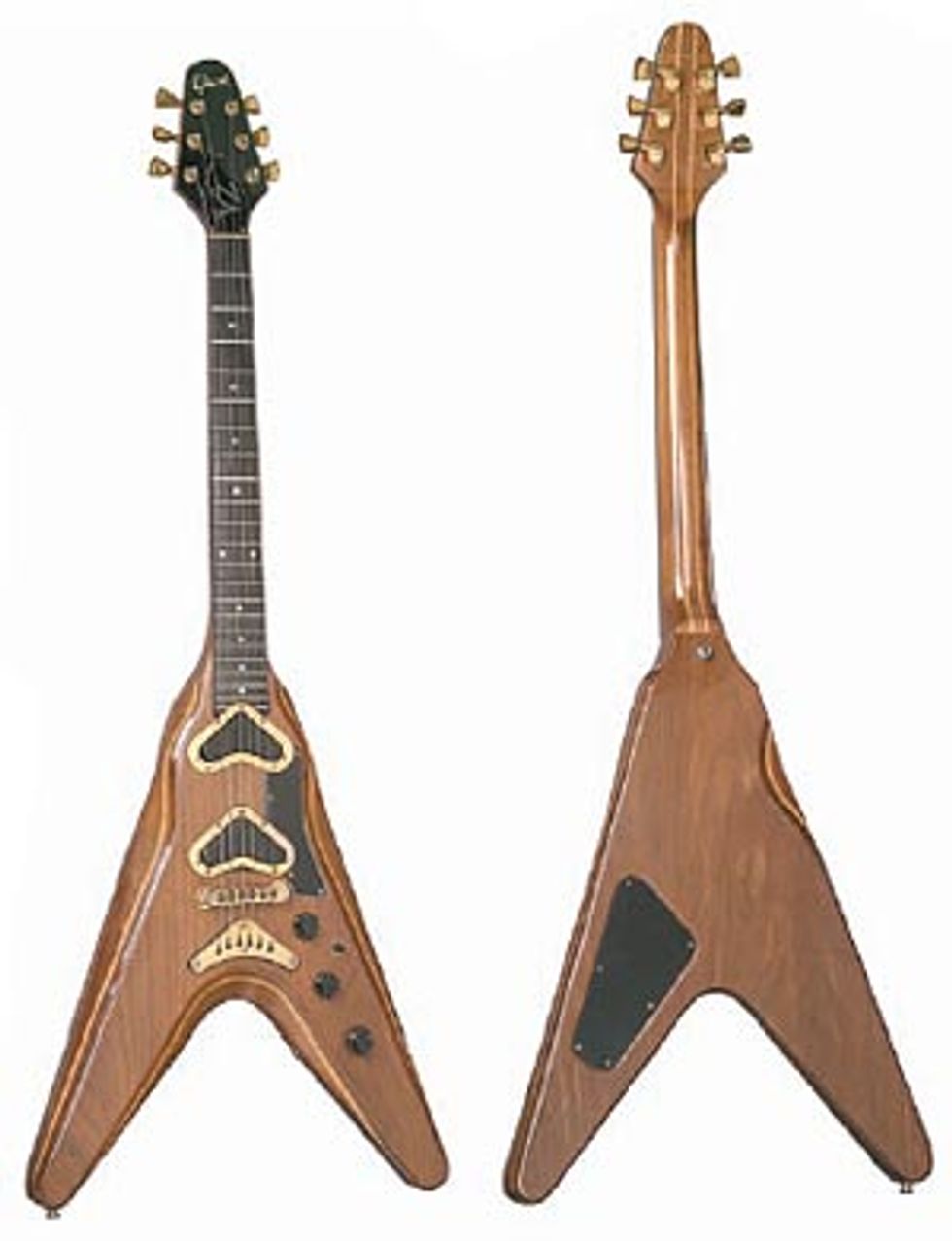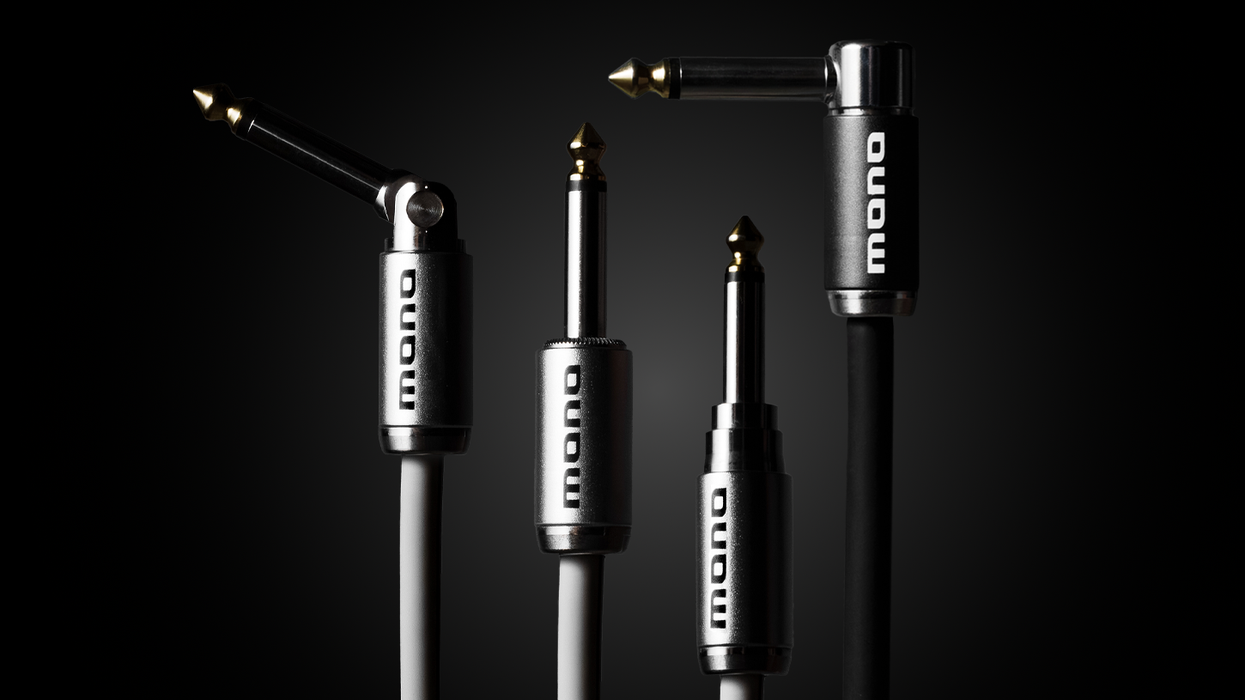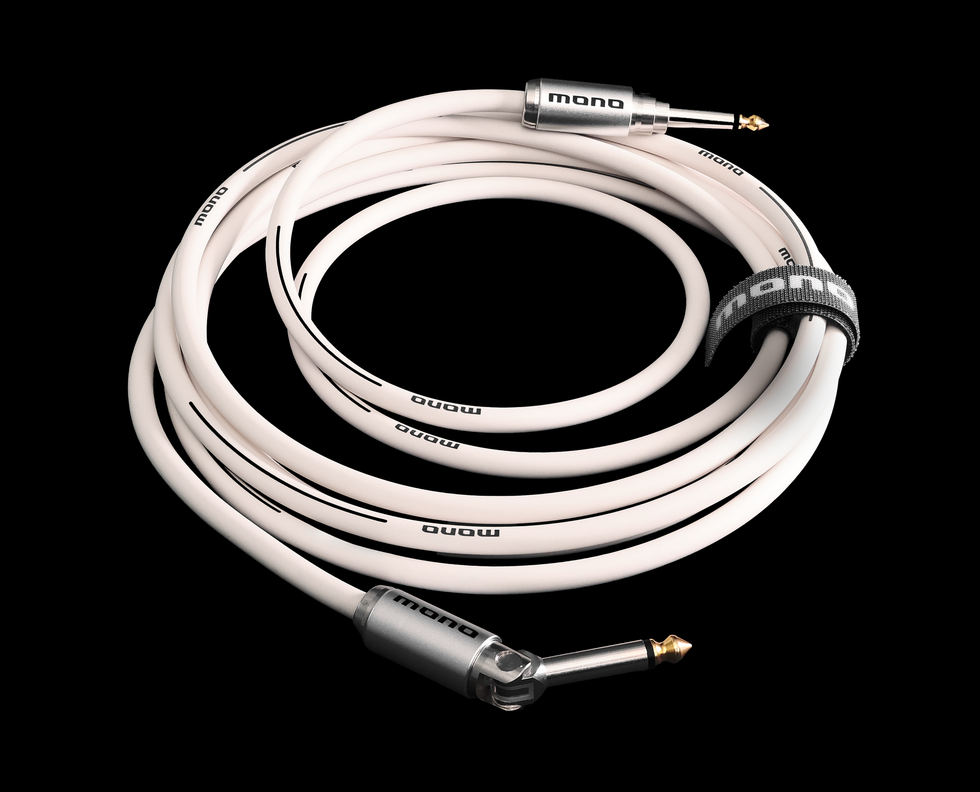 Dear Guitar Trash or Treasure,
Dear Guitar Trash or Treasure,Can you help me with some information about this odd guitar? Some people have told me it is called a Flying V, but it does not look like any of the other Flying Vs I have seen. Gibson appears on the top of the headstock along with a V2, and the number 80700XXX appears on the back. What is this thing, and what is it worth?
Todd in Chicago, IL
Hi Todd,
This question could not have come at a better time, considering I just finished a book called Gibson Flying V. Not only do I have all the information at my fingertips, but most of it is still fresh in my brain. First I’ll give you a little history about this guitar.
President Ted McCarty noticed that Gibson’s solidbody guitars were looking too old and traditional compared to Fender’s futuristic designs. He assembled a team to design three new instruments and the Flying V was one of the results of their research – this guitar was officially unveiled in 1958, along with another futuristic-looking guitar called the Explorer. Very few people caught onto the design and less than 100 Flying Vs were produced during their initial run between 1958 and 1959. However, Gibson never let the project die completely, releasing three variations based on the original design during the late 1960s and into the 1970s.
Tim Shaw began working at Gibson in late 1978 and one of his first projects was to design an entirely new Flying V that would be a companion to the new E2 Explorer. The guitar you have is a 1980 Gibson V2, the result of Shaw’s work in the late ‘70s. This guitar has several unique features that set it apart from earlier Flying V designs. The body is constructed out of a five-piece sandwich design; the contoured edges allow the different layers from the front and the sides to be visible. Brass studs for the bridge, a brass nut, and a brass tailpiece were used to increase sustain (check out the October 2007 Trash or Treasure for more information on brass hardware).
Despite all of these design changes, the pickups are what really make this guitar stick out. These V-shaped “boomerang” pickups were designed to produce single coil pickup tone with the noise reduction provided by humbuckers. The design of these pickups is quite complex, and there isn’t room in this article to offer up all of the details. Note the notch at the end of the fingerboard, needed due to the pickups’ unusual shape.
There is no doubt that this Flying V came into existence during one of Gibson’s bleakest times, but based on uniqueness and originality, the V2 is one of the few bright spots during this era and collectors are beginning to take notice of this unusual V. Natural finish V2s like yours are currently going for between $2000 and $2250, with custom color V2s commanding an additional 20-40% premium. You definitely have a treasure!
For more information on these unusual V-shaped guitars, check out my new book, Gibson Flying V. This is a revised edition with new chapters covering all Flying Vs models through 2007 as well as information on Epiphone and other manufacturers’ V designs.
Zachary R. Fjestad
Zachary R. Fjestad is the author of the Blue Book of Acoustic Guitars, Blue Book of Electric Guitars, and the Blue Book of Guitar Amplifiers.
Guitar Trash or Treasure Questions can be submitted to:
Blue Book Publications
Attn: Guitar Trash or Treasure
8009 34th Ave. S. Ste #175
Minneapolis, MN 55425
800-877-4867
www.bluebookinc.com
guitars@bluebookinc.com
Please include pictures of your guitars.















